Una Esfera de Dyson es una megaestructura hipotética que rodea una estrella para captar un gran porcentaje de su energía. Propuesto por el físico Freeman Dyson, este concepto aparece a menudo en la ciencia ficción como una solución para las civilizaciones avanzadas que se enfrentan a la escasez de energía. Aunque la construcción de una estructura de este tipo está actualmente más allá de nuestras capacidades tecnológicas, sigue siendo una idea intrigante para el futuro.
También le puede interesar
La sombra de la ciencia ficción: un paseo casual por la tecnología del mañana
Sci-Fi’s Shadow: A Casual Stroll Through Tomorrow’s Tech Remember those futuristic gadgets in your favorite sci-fi flicks? The flying cars, the robot butlers, the holographic displays? For years, they felt light-years away. But guess what? We’re creeping closer to that reality than you might think. It’s less a sudden leap and more a sneaky sideways shuffle, with technology quietly borrowing ideas from science fiction and weaving them into the fabric of our daily lives. Take self-driving cars, for instance. We’ve been seeing them pop up in news articles and on our roads for years now. They’re not quite the sleek, autonomous vehicles from “Blade Runner 2049” just yet, but they represent a huge step towards that vision. The algorithms, the sensor technology, the intricate mapping – all of it is gradually improving, inching us closer to a future where personal transportation is safer, more efficient, and frankly, a whole lot less stressful. And...
El proyecto de la ciencia ficción: Cómo la ficción alimenta nuestro futuro tecnológico
Sci-Fi’s Blueprint: How Fiction Fuels Our Technological Future Remember those clunky cell phones from the 90s? Now we carry supercomputers in our pockets, seamlessly connected to a global network. Sounds like science fiction, right? Well, it’s our reality, and it’s a testament to how science fiction often acts as a blueprint for technological advancement. It’s not just about predicting the future; it’s about inspiring the innovation that shapes it. Science fiction, with its wild imaginings and futuristic scenarios, has a knack for planting seeds of possibility in the minds of inventors, engineers, and scientists. Think about the replicators from *Star Trek*. While we can’t conjure up a perfect steak from thin air just yet, 3D food printing is making tangible progress. It might not be exactly replicating matter, but it’s moving in that direction, showcasing how fictional concepts inspire real-world technological leaps. Take virtual reality (VR) and...
La sombra de la ciencia ficción: un vistazo a la tecnología del mañana y a las tendencias actuales que nos resultan extrañamente familiares
Remember those futuristic gadgets from your favorite sci-fi flicks? The flying cars, the robot butlers, the virtual reality escapes? They might not be *quite* here yet, but some seriously cool stuff is happening that makes those fantasies feel a lot less fantastical these days. Let’s dive into how science fiction’s wild ideas are becoming surprisingly real. AI: From HAL 9000 to Siri (and Beyond) Artificial intelligence. The very words conjure images of sentient computers, rogue robots, and existential threats. While we’re not quite at the level of Skynet just yet (thank goodness!), AI is already woven into the fabric of our daily lives. Think Siri, Alexa, the recommendation algorithms that seemingly know what you want before you do, and even the self-driving cars slowly but surely taking to the roads. The leap from these early AI applications to something more akin to HAL 9000 is less about a technological breakthrough and more about ethical considerations and societal...
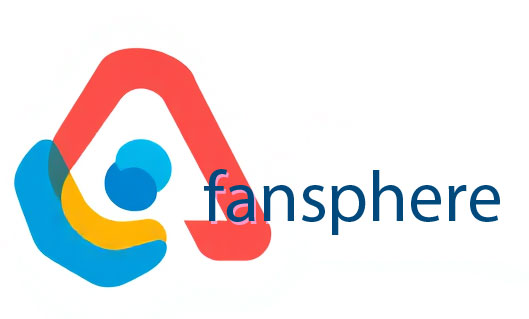
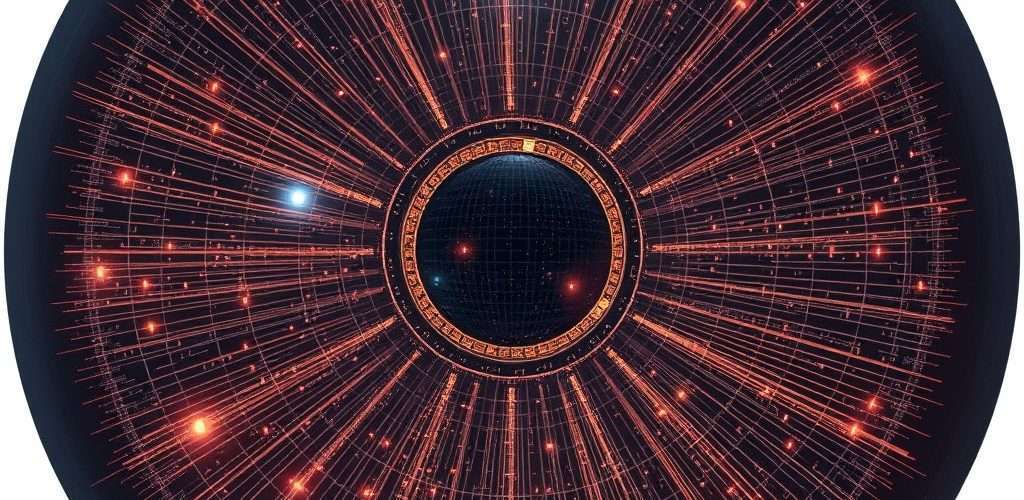
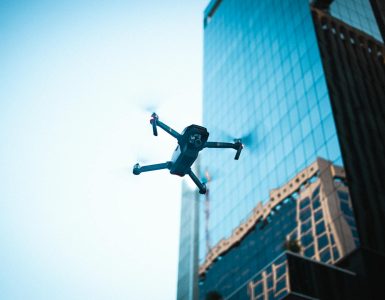
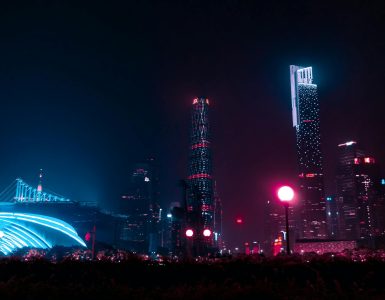
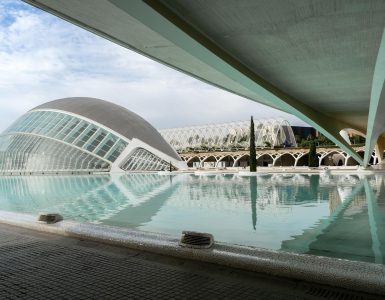




















Añadir un comentario